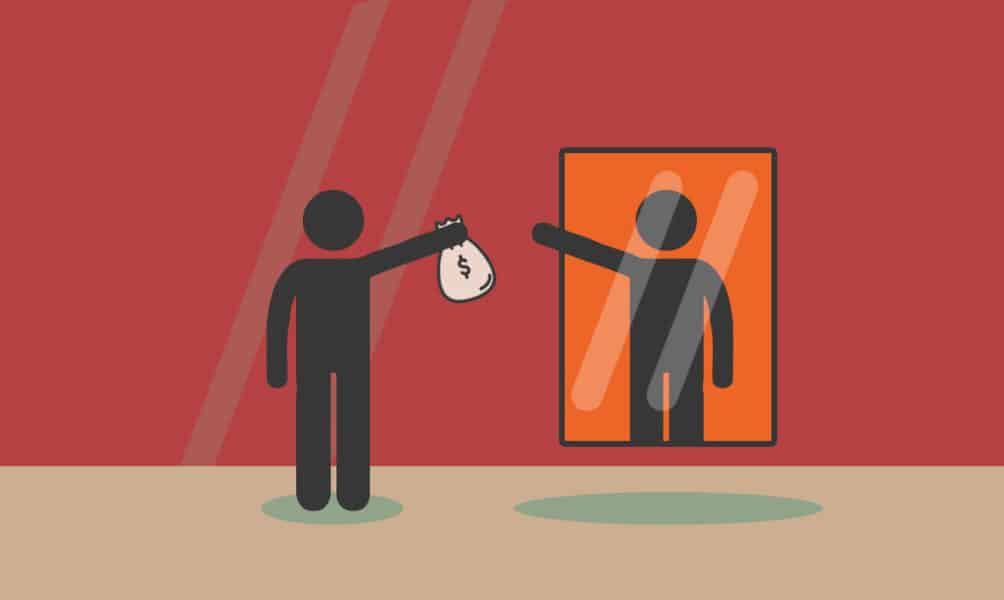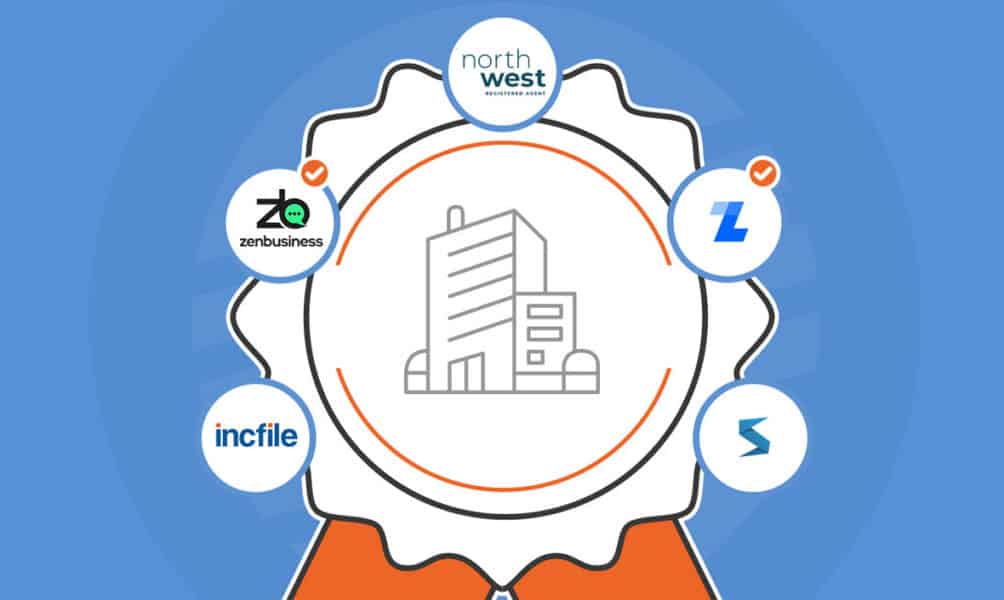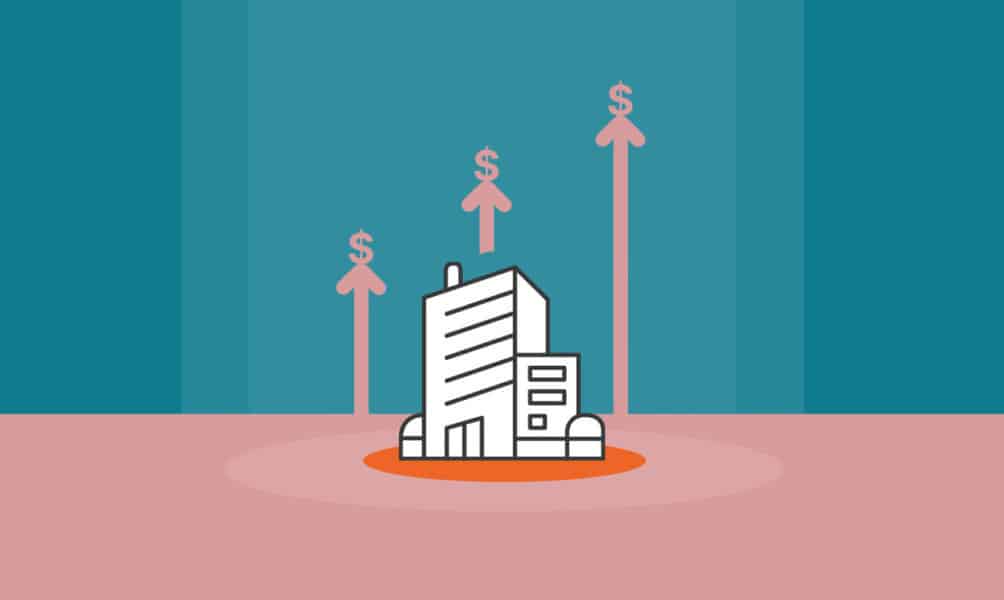If you’re starting an LLC, the business entity formation process is one of the first and most important hurdles. This step can be terribly complex ...
How to Pay Yourself from an LLC
Written by: Carolyn Young
Carolyn Young is a business writer who focuses on entrepreneurial concepts and the business formation. She has over 25 years of experience in business roles, and has authored several entrepreneurship textbooks.
Edited by: David Lepeska
David has been writing and learning about business, finance and globalization for a quarter-century, starting with a small New York consulting firm in the 1990s.
Published on December 13, 2021

You launched your limited liability company (LLC) to make money, but you’ve noticed that your customers’ payments go directly to your LLC, not to you. So, you may be wondering, “how do I get paid?” It depends on how your LLC is taxed.
An LLC is a business entity that offers liability protection for owners, as well as pass-through taxation, much like a sole proprietorship.
How is Your LLC Taxed?
LLCs are unique in terms of taxation as their owners have a choice about how the company will be taxed. By default, an LLC is taxed like a sole proprietorship if it has one member and a partnership if it has more than one member.
But LLC owners can instead choose to be taxed as a corporation. To do so, the LLC must file a document, referred to as an election, with the Internal Revenue Service (IRS). The LLC must then decide if it wishes to be taxed as an S corporation or a C corporation. Your tax status affects not only how your profits are taxed, but how you can pay yourself.
How You Can Pay Yourself from a Single Member LLC
As the owner of a single-member LLC, you’re able to receive all of the profits. If the company makes $100,000, you can receive $100,000.
You can receive distributions all at once, or you can receive portions periodically. To pay yourself distributions, simply write yourself a check from the business bank account. Then record the withdrawal on your books as an owner’s draw, which reduces your owner’s equity account.
You will report all profit, not just your draws, on Schedule C of your personal tax return. You’ll also be required to pay self-employment taxes on your draws.
How You Can Pay Yourself from an LLC Taxed as a Partnership
In a multi-member LLC, members of the LLC can also take draws from the profits. Draw amounts are based on each member’s ownership percentage. For example, if there are two members and each owns 50% and the business makes $100,000, each member can draw $50,000.
If you have a multi-member LLC and you have not elected to be taxed as a corporation, you will be taxed as a partnership, but the partnership is a pass-through entity. A multi-member LLC must file form 1065 with the IRS, which is the U.S. Return of Partnership Income. Attached to this will be K-1 forms for each member showing their share of the business income. Form 1065 is for reporting purposes only. The LLC itself does not pay taxes.
Each member pays taxes on their share of profit based on Schedule C of their personal tax return, as well as self-employment taxes.
How You Can Pay Yourself from an LLC Taxed as a Corporation
If you are taxed as a corporation, you cannot be paid in draws from your LLC. You must be paid as an employee of the LLC.
To become an employee, you’ll file a W-4 form. Then you can pay yourself a salary and will receive a W-2 for tax purposes. You must have an active role in the LLC to be an employee. If you are a silent member, uninvolved in LLC operations, you cannot receive a salary or be an employee. If your LLC has more than one member and all members play active roles in the company, you cannot receive a salary if the other members are not salaried. Either all active members receive a salary, or none do.
The wages you’re paid will be an expense of the LLC, deducted from profits just like any other expense. Per IRS rules, your salary must be within industry norms for the role you play, so you can’t pay yourself an unreasonable amount. Keep in mind, as an employee, income tax and employment taxes will be withheld from your salary checks.
If there are profits left after your salary, you can take your share of the LLC profits as a shareholder distribution for an S Corp, or a dividend as a C Corp.
C Corp status means profits are taxed at the current rate for corporations (21% as of early 2022), which is significantly lower than the typical individual taxpayer rate. But keep in mind, C Corp shareholders, which includes members, must also pay taxes on their dividends (but not self-employment taxes). Thus, the C Corp is subject to what is referred to as double taxation.
As with sole proprietorship and partnership status, S Corp taxation makes the LLC a pass-through entity, which means owners pay taxes at their personal rates on a Schedule C. S-Corps use Form 1120S to file their taxes, which is used to report the income, losses, and dividends of S corporation shareholders. S-Corp shareholders do not pay self-employment taxes, which is the primary advantage of S-Corp status compared to sole proprietorship or partnership.
In Closing
The good news is, as an LLC owner, you can indeed get paid! Or you could opt not to get paid, but you’d still have to report your profits on your Schedule C and pay taxes on them. Assuming you choose to pay yourself, you just need to determine how much and make sure that it’s accounted for properly.
It’s best to check with a tax professional before making your decision on how you elect to have your LLC taxed, and how much to pay yourself.
Subscribe to Our Newsletter
and gain insider access to cutting-edge business insights and trends.
Featured Resources

10 Best LLC Formation Services
Published on August 22, 2022
Read Now

3 Tax Benefits of Forming an LLC
Published on June 9, 2022
If you’re starting a business, one of the first decisions to make is the type of business entity to form. A limited liability company (LLC) is ani ...
Read Now

6 Advantages of Forming an LLC
Published on September 28, 2021
When starting a new business, choosing a business entity type is one of the most important decisions you’llmake. Many startup ownerschoose ...
Read Now
Comments